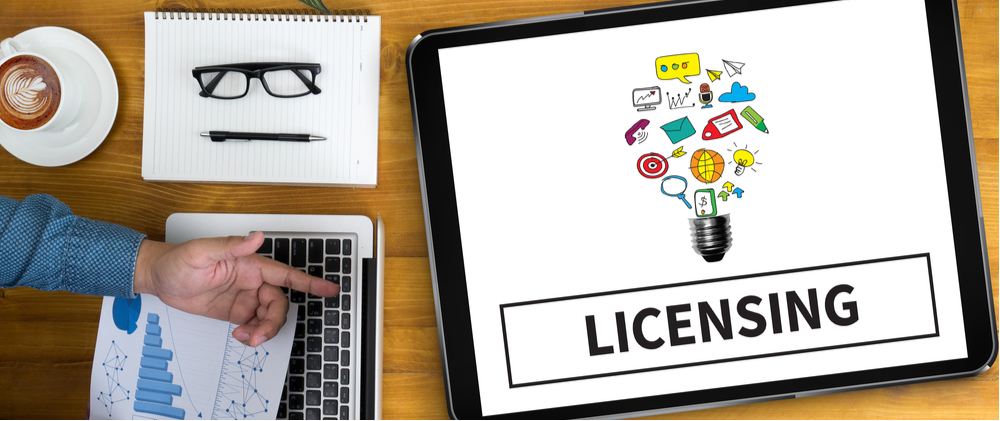Some History and Some Mystery about Licensing
By David L. Gulley, PhD, RTTP, CLP
Technology transfer is a term used to describe a formal transfer of rights to use and commercialize new discoveries and innovations resulting from scientific research to another party. In layman’s terms — universities typically transfer technology to industry for commercial development through the disclosure and evaluation of discoveries, patenting and marketing the innovation concurrent with publication of scientific research, and licensing the rights to the technology.
First, some history. Patent licensing business models developed in the nineteenth century and familiar inventors were successful in moving inventions into the market. We know you’ve heard of them…. Thomas Edison, Charles Goodyear, and Elias Howe, Jr. (well, maybe not him, but Elias invented and patented the “lockstitch” US Patent 4750, which gave birth to the “Sewing Machine War of the 1850s” and later the “Sewing Machine Patent Pool” where he made millions from royalties). In our modern era we’ve had our ups and downs. The Downs: After World War II and through the 1970s US government antitrust policies and judicial decisions hobbled patent enforcement and patent licensing. The result was a much less competitive US and technology leadership migrated to Germany, Japan, Korea, and elsewhere. The Ups: In the 1980s Congress began rolling back many policies, strengthening the patent system, and of course, passing Bayh-Dole (if you don’t remember this read our earlier blogs).
Now, for the mystery. Licensing, just like any formal relationship, requires many types of legal and contractual agreements. You know that means lots of lawyers. But licensing became so specialized that it now has its own professional associations and its own credential, the Certified Licensing Professional (CLP). To meet the qualifications, you must pass an exam and demonstrate experience, proficiency, knowledge and exposure to licensing and commercialization of intellectual property through active involvement in patenting, marketing, valuation, IP law, negotiation, business development and intellectual asset management. Licensing professionals work in a variety of settings, including health care; high tech; chemicals, energy, and materials; financial markets; consumer products; and university, research organizations, and government; and as service providers to those above.
Those legal and contractual agreements include standard, specialized, and variations of sponsored research contracts, non-disclosure agreements, material transfer agreements, options, term sheets, and licenses. The Trust TTO uses best practices and best-of-class agreements. In fact, we develop and improve those agreements each time we engage, prepare for negotiation, or close a deal. Professional development is required as we are impacted by Supreme Court decisions, litigation outcomes, changes in domestic and global policies, US funding agency regulations, as well industry sector practices. Our continued professional development is key to increasing the likelihood of success.
What happens to the licensing revenue? Per Bayh-Dole, revenues from licensing activities by academic institutions are shared with the creators of the technology according to the individual institution’s policies and used to help advance scientific research and education through reinvestment in the academic enterprise. They are typically distributed to university research departments for graduate research assistants, new equipment, or funding for new or follow-on research activities, to name a few. Universities also use revenues to help sustain the technology transfer process by paying for a portion of the patent and licensing legal fees and the marketing and management staff.
We hope these blogs about our work gives you an understanding of why we are passionate about our profession.


